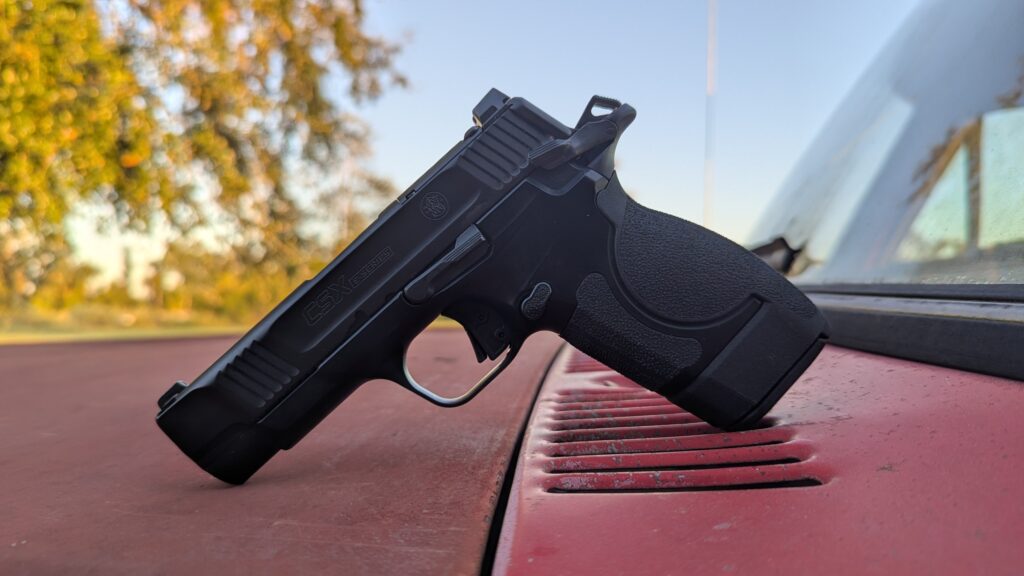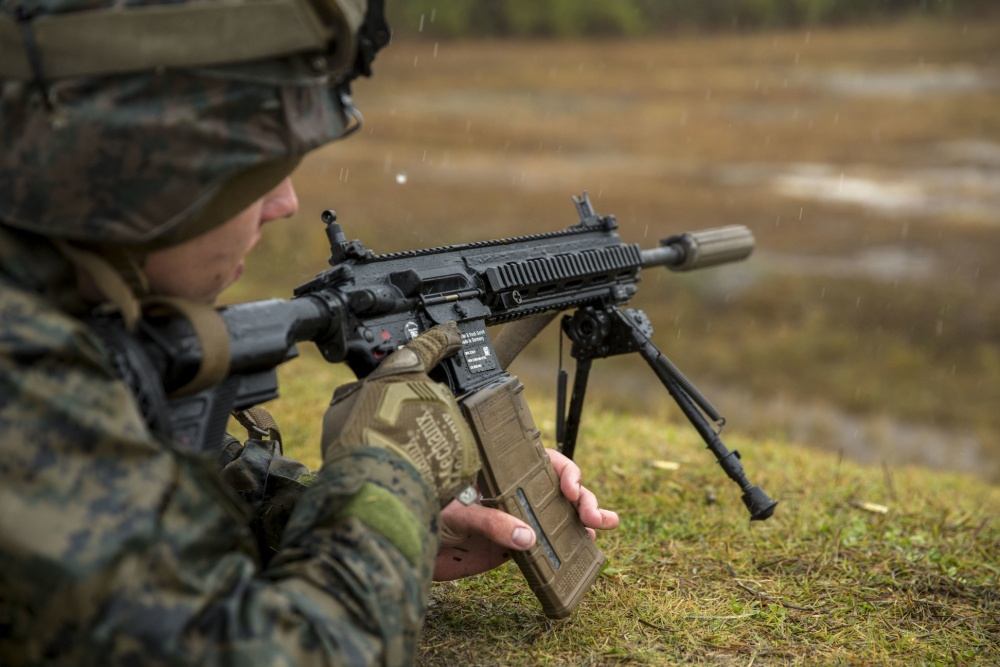A few weeks ago, my wife and I watched Rebel Ridge on Netflix. In one scene, the protagonist, a former Marine named Terry Richmond, briefly discusses the PACE acronym. As I was already familiar with the term and its meaning, I earned a couple of cool points from my wife, which is always appreciated.
What is PACE?
PACE is an acronym that outlines a four-stage planning methodology. It was originally developed by the military for communications, but it has much wider applications. You can use PACE as a tool for nearly any type of emergency planning.
P = Primary
Advertisement — Continue Reading Below
This is the first plan or tool to be used. It should be the method that’s most likely to succeed on the first attempt. It’s also often the easiest approach for all involved to use.
A = Alternate
If the primary means isn’t working for some reason, this is the first backup method. Ideally, it will be almost as good as the Primary in terms of likelihood of success, as well as ease of use.
Advertisement — Continue Reading Below
C = Contingency
If both Primary and Alternate methods aren’t working or are for some reason unavailable, this is where you’ll turn. It might not be as convenient or reliable, but it should definitely be workable.
E – Emergency
Advertisement — Continue Reading Below
This is your Hail Mary. If all else fails, this is what you’ll do. It may be far from ideal, but it should still be absolutely feasible. Always keep your plans firmly rooted in the real world, not fantasy land.
How Does It Work?
Here’s an example of how PACE can work. Let’s say we’re talking about emergency evacuation and how a family is going to get from home to their chosen bug-out location.
In this example, we’re looking at a husband, wife, and two children (ages 8 and 10). They also have two medium-sized dogs. They live in a predominantly middle-class suburban neighborhood.
Advertisement — Continue Reading Below
For the purposes of our discussion, we’re just focused on their transportation options.
Primary – Ideally, they’ll use the family minivan. It’s large enough for everyone to ride in comfort, even with the dogs. It’s in good shape, gets decent mileage, and there’s room in the back for bug-out bags.
Alternate – If the van is in the shop or otherwise unavailable, they’ll take dad’s commuter car. It’s smaller than the van, so it’ll be a tight fit, but they can probably make it work even with the mutts.
Advertisement — Continue Reading Below
Contingency – If neither vehicle is working for some reason, they’ll borrow a truck from their neighbor. They’ve lived next to each other for years and have become good friends. They’ve had conversations about this in the past, and he has given the family his blessing to borrow a truck in an emergency. He has two of them, one for work and one for personal use. If he’s not home, they have a spare key for the house, and they know where the truck keys are located.
Emergency – If no vehicles are operational, then the family will hop on their bicycles, with the dogs running alongside.
PACE is an excellent planning tool. It can help you discover holes in your plans and give you the opportunity to address them before they become real problems.
Advertisement — Continue Reading Below















